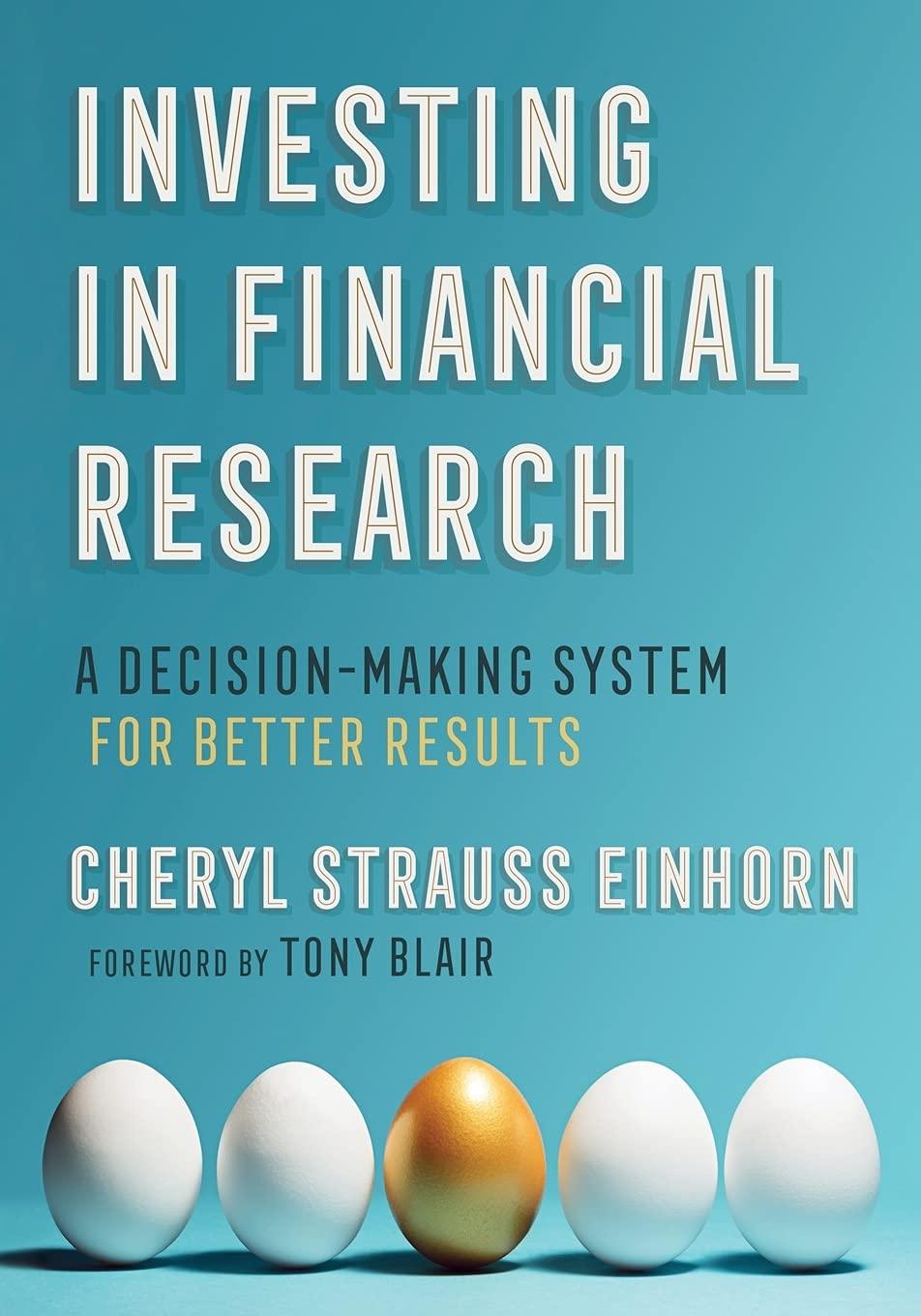Question
1. a. Describe five intermediaries that can be used in distributing locally produced goods. b. Discuss five reasons why indirect production is important to an
1.
a. Describe five intermediaries that can be used in distributing locally produced goods.
b. Discuss five reasons why indirect production is important to an economy.
20 marks
2.
a. Discuss four factors to be considered when determining the insurance premiums to be charged.
b. With the help of a diagram, explain the effects that low rainfall in Bungoma County will have on the price and quantity of maize supplied in the county.
20 marks
3.
a. Most of the petroleum used between Mombasa and Eldoret is transported by pipeline. Explain six advantages to the country arising from the use of this method of transport.
b. Explain four errors that may not be revealed by a trial balance if committed in the books of accounts of a business.
20 marks
4.
a. Describe five differences between a public limited company and a partnership.
b. A business is part of the society and is therefore expected to ensure its surroundings are healthy and safe. Explain five ways in which a business can protect its physical environment.
20 marks
5.
a. Explain five reasons why credit cards are not a common means of payment in Kenya.
b. Describe five characteristics of an industry that comprises of only one firm.
20 marks
6.
a. Explain five merits of an open office layout to an organization.
b. The following are transactions of Jua Kali Enterprises for the month of January 2010.
Jan 1 cash in hand shs 16,700 and cash at bank shs 62,000
Jan 2 cash sales banked shs 26,400 Jan 3 bought stationary shs 4,500 cash
Jan 5 received a bank loan by cheque for shs 150,000
Jan 15 paid Murembo shop by cheque of, shs 38,000 in full settlement of the account after deducting 5% cash discount
Jan 16 received shs 28,180 cash from Mrs. Sianga after allowing cash discount of 10%
Jan 19 Kamau paid his account of shs 48,000 by cheque less 12% cash discount
Jan 20 received a cheque from Juma for shs.10, 440 after allowing cash discount of shs.1,960.
Jan 25 deposited all cash into the bank except shs 5,000.
Required
Prepare three column cashbook duly balanced on 25th January 2010.
3. (a) Explain FIVE causes of inflation in an economy. (10 marks) (a) Outline FIVE challenges that Kenya faces when trying to implement her development plans. (10 marks)
4. (a) Explain FIVE reasons why a public limited company may prefer to raise finance through issue of ordinary shares instead of debentures. (10 marks) (b) The following balances were extracted from books of Masaku Traders for the year ended 31/12/2004 Rent 48,000 Lighting 7,200 Water 9,220 Salaries 75,000 Commission received 12,370 Discount allowed 4,600 Discount received 8,500 Gross profit 320,000 General expenses 98,000 Stock 25,250 Motor Vehicle 2,300,000 Furniture & equipment 650,000 Debtors 270,000 Creditors 396,400 Bank 200,000 Cash 50,000 Capital 3,000,000 Prepare (i) Profit and loss a/c for the year ended 31/12/2004 (5 marks) (ii) Balance sheet as at 31/12/2004 (4 marks) 5. (a) Explain SIX measures that the Government of Kenya may take to control her persistent Balance of payment deficit. (12 marks) (b) Outline FOUR differences between endowment policy and whole life policy. (8 marks) 6. (a) Explain FIVE factors that limit the usage of Railway as a means of transport. (10 marks) (b) The accounts of Hakuna Matata Traders showed the following balances on 1st January 2014. Sh. Cash 250,000 Debtors 60,000 Creditors 42,000 Stock 30,000 Bank loan 120,000 Motor vehicle 310,000 The following transactions took place during the month of January 2014. Jan 2: Bought stock worth Sh. 50,000 on credit. Jan 3: Cash sales Sh. 80,000 Jan 5: Received Sh. 20,000 cash from debtors Jan 10: Paid part of loan Sh. 70,000 cash Jan 12: Paid creditors Sh. 52,000 Jan 16: Bought office furniture Sh. 45,000 cash Jan 20: Paid salaries Sh. 40,000 cash Jan 25: Deposited Sh. 100,000 into the bank Required: Record the above transactions in the relevant ledger accounts and balance the accounts on 31stJanuary 2014.
Step by Step Solution
There are 3 Steps involved in it
Step: 1

Get Instant Access to Expert-Tailored Solutions
See step-by-step solutions with expert insights and AI powered tools for academic success
Step: 2

Step: 3

Ace Your Homework with AI
Get the answers you need in no time with our AI-driven, step-by-step assistance
Get Started


